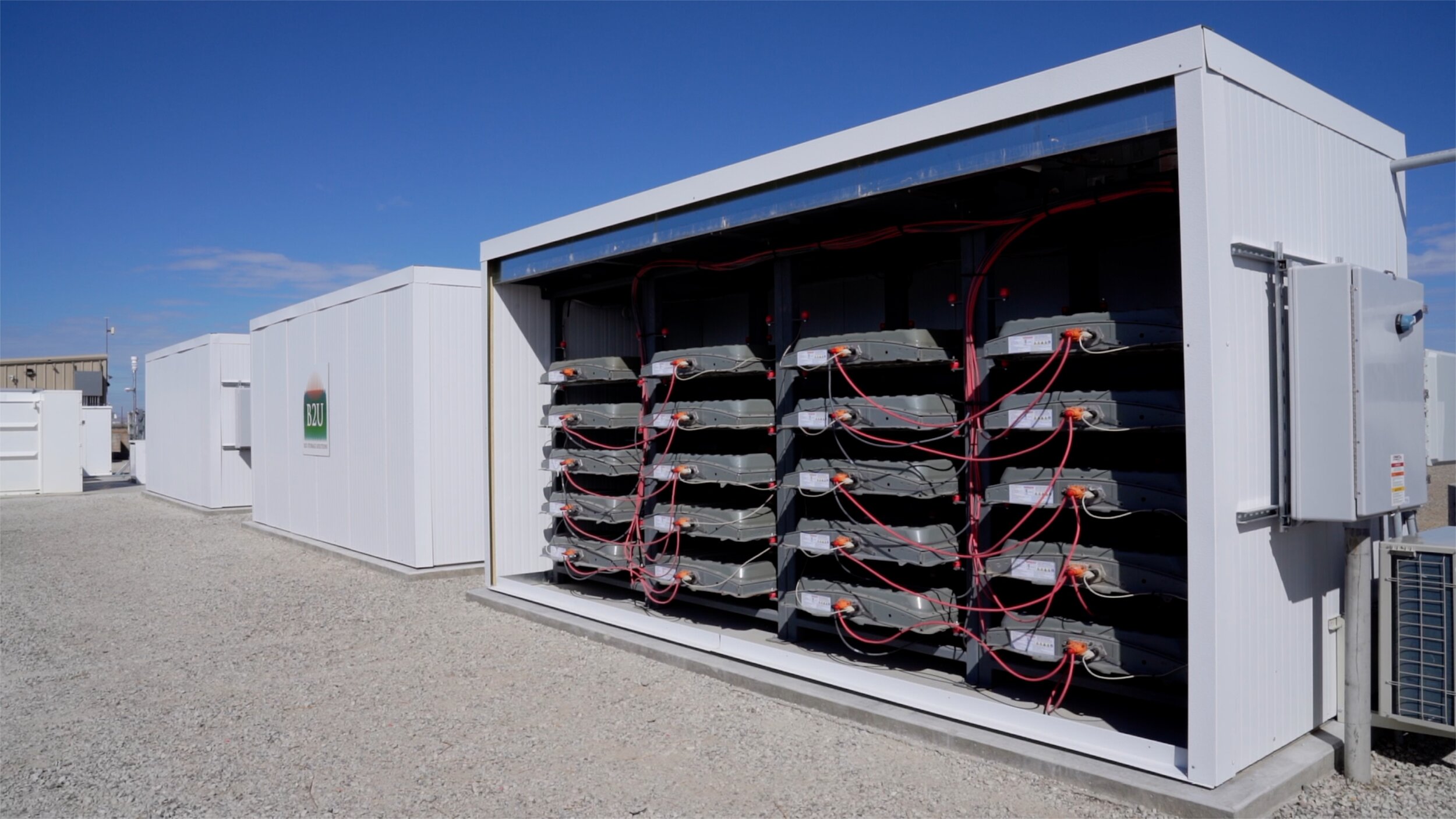This Southern California solar farm is using retired EV batteries for storing the power and then send to the grid when needed. This way the retired batteries can extend their usefulness for several…::A Southern California company is showing how repurposing EV batteries for stationary storage can extend their usefulness for several years.



The way lithium batteries work, they wear out less if you only discharge and charge them slightly. So a battery that is charged to 60%, discharged to 40%, and repeated like that will keep most of its capacity even after years of prolonged use. On the other hand, charging a battery quickly, until it is full, or discharging it until it is nearly empty will reduce its capacity over time.
A Tesla Model 3 has a battery capacity of at least 50 kWh. Even if it has lost half of its capacity, the 20% capacity difference between 60% and 40% charge, or more realistically, the 50% difference between 75% and 25%, still represents 12.5 kWh of capacity. Suppose you had an array of 1,000 such batteries. That would represent 12.5 MWh of storage capacity, enough to power ten thousand homes (at 1.2 kW each) for an hour. Certainly nothing to sneeze at.
I’ve seen some interesting use cases for EVs themselves as a form of energy storage. Not necessarily to discharge as a voltage regulation mechanism, but as a predictive load for evening daily swing.
What do you mean by that?
By daily swing I mean the difference between minimum (base load) and maximum (peak) MWh demand within a 24 hour window. Typically this means low period at night and high period in morning and late afternoon/evening. The types of generation and capabilities you have on the grid basically have to accommodate this demand swing while maintaining reliability. IE you can’t just run nuclear to provide for the peak because you can’t just turn it off when it’s not needed, stuff like that, voltage has to be regulated in real time to maintain the frequency of the grid.
With increasing transportation electrification people are largely charging their cars overnight, this is increasing the overnight demand and potentially raising the minimum base load and reducing the daily swing. This means you may not need as much capabilities to fill that gap, things like ramping up hydro (renewable but environmentally destructive) or gas (GHG emitting) to handle the swing and peaks. You can imagine if demand is always kept the same it would be much easier and more reliable so this is basically a way to get closer to that. Right now there’s a lot of tools like dispatchable generation, dispatchable loads, trading over interties to neighboring jurisdictions, load-shedding, and demand response programs where if large consumers alter their usage patterns in accordance with grid conditions they receive compensation.